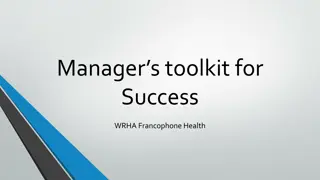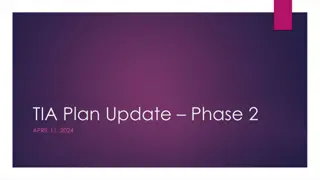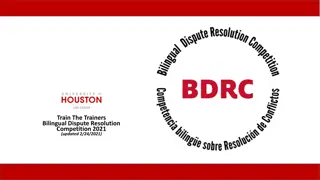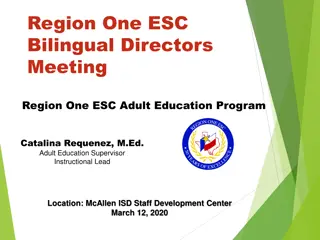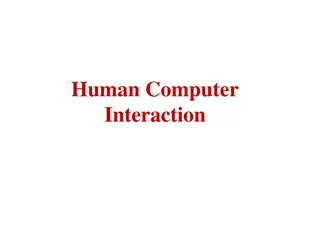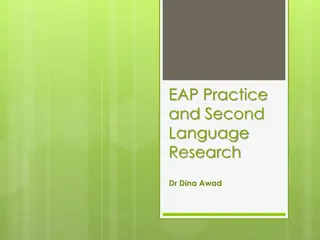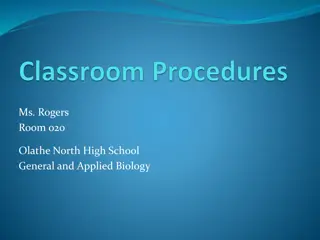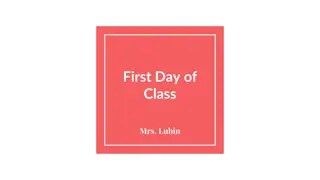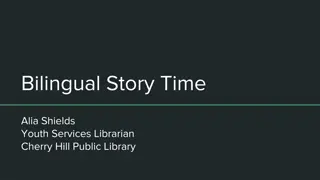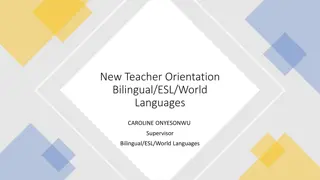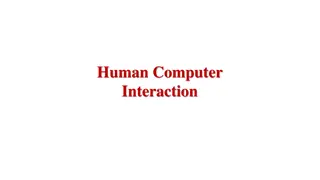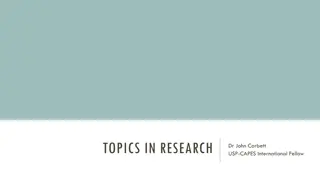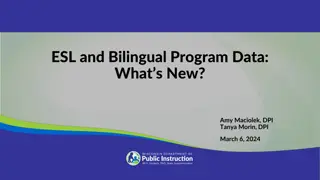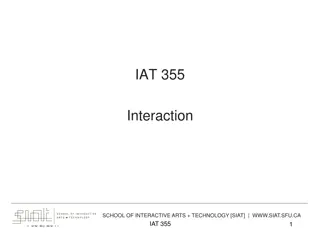Analyzing Data Collection Procedures in Bilingual Classroom Interaction Research
This research delves into the structured methods of data collection in a bilingual classroom setting, focusing on video-recorded interactions in content and language integrated (CLIL) history lessons taught in English to Finnish-speaking students. The article outlines the source, extent of data collection, and criteria involved, shedding light on the empirical analysis process.
Download Presentation

Please find below an Image/Link to download the presentation.
The content on the website is provided AS IS for your information and personal use only. It may not be sold, licensed, or shared on other websites without obtaining consent from the author.If you encounter any issues during the download, it is possible that the publisher has removed the file from their server.
You are allowed to download the files provided on this website for personal or commercial use, subject to the condition that they are used lawfully. All files are the property of their respective owners.
The content on the website is provided AS IS for your information and personal use only. It may not be sold, licensed, or shared on other websites without obtaining consent from the author.
E N D
Presentation Transcript
TOPICS IN RESEARCH Dr John Corbett USP-CAPES International Fellow
WRITING A RESEARCH ARTICLE: METHODS Structure of a research article * Title & abstract * Introduction * Methods: Describing data collection procedures Describing data analysis procedures * Results * Discussion & Conclusion
WRITING A RESEARCH ARTICLE A sample research article Jakonen, T. (2018). The environment of a bilingual classroom as an interactional resource. Linguistics and Education, 44, 20-30.
MOVE 1: DESCRIBING YOUR DATA COLLECTION PROCEDURES This move often has three steps: Indicating source of data (eg location, period of collection) Indicating extent of data collection Indicating criteria for data collection
STEP 1: SOURCE OF DATA For the empirical analysis, this article draws on video-recorded interactions in content and language integrated (CLIL) history lessons which were taught in English to 14-15-year-old Finnish- speaking students at a lower secondary school in Finland. CLIL is a bilingual instructional approach which involves the teaching of non- language subjects through the medium of a foreign language (for introduction, see e.g. Coyle, 2008). The recorded students had attended English-medium immersion from kindergarten through the age of 12, which was when they left primary school.
STEP 2: EXTENT OF DATA COLLECTION The data corpus consists of 16 lessons (55 minutes each), which were recorded with three cameras and multiple audio recorders in one classroom during 2010-2011. These lessons were part of a two-term course, English History, which the school offered for its CLIL students. [ ] Besides recording interaction, the data collection entailed gathering all tasks, assignments and texts that were handed out or otherwise used in teaching.
STEP 3: INDICATING CRITERIA FOR DATA COLLECTION (INCLUSION & EXCLUSION) As the data were originally collected for interaction research, textual objects such as posters and images hanging on the walls were not photographed in as close-up manner as is customary in schoolscape research. This means that even if these texts, images and objects are visible on the video, any small print is typically not clearly visible in situations where the video camera is placed further away of the object (as we shall see for example in Extract 1 in section 4). This may be considered a limitation for micro-analysis on the interactional relevance of (textual) objects. On the other hand, it should be noted, that neither are such texts visible for many of the students who are seated further away from them in the classroom space, a matter which teachers can sometimes attend to by, for example, reading aloud texts on the classroom wall.
MOVE 2: PROCEDURES FOR DATA ANALYSIS This move normally has up to 2 steps: Indicating process of data classification. Identifying analytical instrument/procedure.
STEP 1: DATA CLASSIFICATION An often used analytical practice in CA is to work with collections of specific interactional phenomena in order to identify recursive patterns in the data. The present approach resembles more closely that of the single case technique (see Hutchby & Wooffitt, 2002, Chapters 4 5), which, arguably, suits better the exploratory strategy that an investigation of schoolscapes in interaction necessitates. As the material environment is a relevant part of many kinds of actions and activities, it can be difficult to identify a clear (sequentially limited) phenomenon for the focus, which could be used as a starting point for a collection.
STEP 2: DATA ANALYSIS PROCEDURES The transcription of talk in the data extracts is based on standard CA conventions, as described by Jefferson (2004). In order to make participants embodied conduct and relevant material objects and texts that they handle in interaction available to the reader, the transcription of talk has been complemented with multimodal annotations of participants embodied action (see Mondada, 2014a), video screenshots and images of textual artefacts in a way that shows their temporal relation to talk (see Appendix).
METHODS: SUMMARISING MOVES 1&2 Move 1: Describing your data collection procedures in up to three steps Indicating source of data (eg where, who?) Indicating extent of data collection (how many, how often?) Indicating criteria for data collection (what is included/excluded?) Move 2: Describing the procedures for data analysis in up to two steps Indicating process of data classification (how do you classify data?) Identifying analytical instrument/procedure (how do you analyse data?)
THINKING OF YOUR OWN RESEARCH By now you should have decided upon the object of your research and the kind of data you will be collecting. * signs? * archive material? (eg laws, newspaper info, historical info?) * interviews? * questionnaires? Where do you find your data, who do you talk to or question, how much data do you gather, what do you include or exclude? Then, how do you classify your data, and what do you do with it semiotic analysis, grounded theory, quantitative analysis, CA ? For the second move, can you find a model or models to follow?
ACKNOWLEDGMENTS Swales, J. M., & Feak, C. B. (1994). Academic writing for graduate students: Essential tasks and skills: A course for nonnative speakers of English (English for specific purposes). Ann Arbor, MI: The University of Michigan Press.


